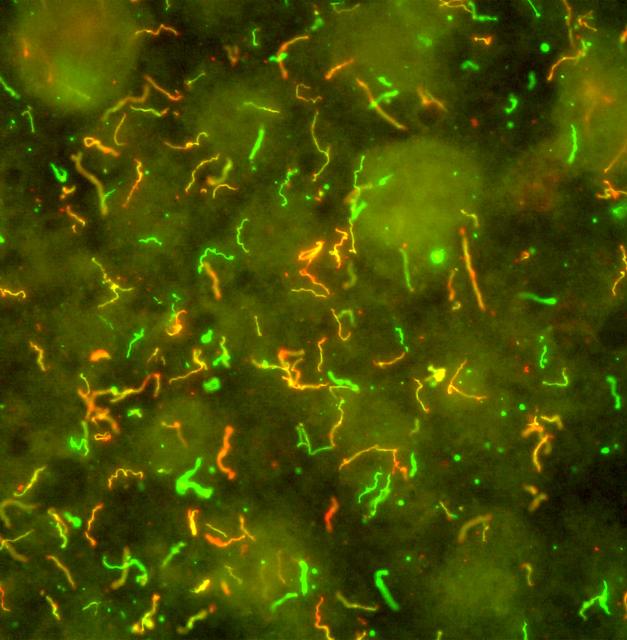Kids…is there anything they won’t eat? I’ll briefly explore this question in what may be the shortest post in the history of Science-Based Medicine, or at least from me, as I am currently on assignment in France.
Parents and pediatric medical professionals have long known that infants and toddlers explore their environment with their mouths, shoving anything small enough into their pacifier holes without any semblance of a rational assessment of the risks and benefits. Because of this, a frequent reason for caregivers to seek medical attention is for the suspected ingestion of a foreign body. Though often benign, the coin or small toy passing though the GI tract without injury, there have been innumerable sedations for endoscopy, thousands of surgical interventions, and several deaths in this population when powerful magnets or button batteries were involved.
The epidemiology of these ingestions has largely been based on small-scale studies. We know that they are common, and almost certainly underestimated considering how many occur without caregiver awareness, but a paper published in this month’s Pediatrics gives us the best data to date. It reveals an almost doubling of the incidence of suspected or confirmed foreign-body ingestions resulting in visits to an emergency room in the United States over the past 20 years.
Some interesting facts and findings from the study:
- 20% of kids under age 3 years have swallowed a foreign object.
- 3 out of every 4 foreign-body ingestions occur in kids 5 years of age and younger.
- With almost 68,000 Poison Center calls, foreign-body ingestions in kids under 6 years was the 4th most common complaint in 2016.
- Neodymium magnet toys, tiny and extremely dangerous if ingested, are now back on the market despite efforts by the U.S. Consumer Product Safety Commission and Senator Gillibrand, as well as warnings from the medical community.
- Between 1995 and 2015, 759,074 children under 6 years were seen in American emergency departments for suspected or confirmed foreign body ingestions, about 100 every day. There was a 4.4% annual increase.
- The number of ingestions in 2015 were 93% higher than in 1995, with an increase from 9 to 18 out of every 10,000 kids in this age group.
- Roughly 2 out of every 3 ingestions over this time period involved a coin, mostly pennies, but quarters were much more likely to result in hospitalization.
- 10% of children seen for a foreign-body ingestion were hospitalized.
- Virtually 100% of ingestions, when the location was known, occurred at home.
- Battery ingestions increased from .1% of the total number in 1995 to 8% in 2015, with 86% being the dangerous button variety, and were the 2nd most common cause of hospitalization after coins.
Why such a large increase in ingestions, particularly those involving button batteries? It could be better data collection. Another factor is that there are just more things around to potentially ingest. The reason isn’t clear, but it is almost certainly a combination of factors. In the case of button batteries, which have been around for over 30 years, I think that it’s pretty obvious that the massive increase in the number of household electronic devices that use them plays a large role.
The authors add the following insight regarding button batteries (BB):
The past 3 decades have seen increased morbidity and mortality resulting from BB use, likely related to increased battery diameter and a move to lithium cells, which have longer shelf lives and carry more voltage than previous cells. These batteries can enact more mucosal destruction and are more likely to become impacted.
Young children are never going to stop being curious about small, colorful, or shiny objects, and they aren’t going to stop putting them into their mouths as a means of investigation. I’m sure there is some purpose for this type of exploration. Something, something, something, microbiome perhaps.
While we can thankfully say that 90% of accidental ingestions in this population don’t end up requiring hospitalization and don’t result in any significant morbidity or mortality, that still leaves thousands of injured babies and toddlers every year. We need to up our game when it comes to getting the safety message out there, especially when it comes to the more dangerous items. To start, caregivers should make sure that button batteries are completely out of reach of children and should not have any dangerous magnets in the home.

